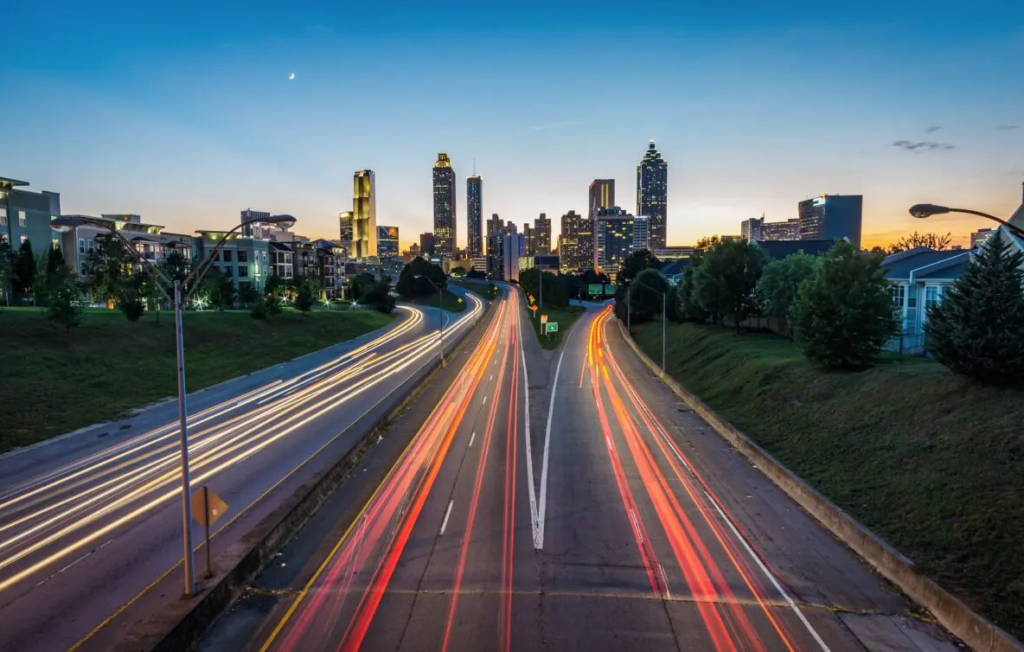Fossil-linked radiocarbon is an air quality indicator
(sustainabilityenvironment.com) – If you have to move to a new city but don’t know which neighborhoods are the least polluted, the answer is in the weeds at the roadside. The spontaneous green that grows at the edge of the roadway has a volume of carbon-14, a radioactive isotope of carbon, directly proportional to the air quality to which it is exposed. It is an indicator of the presence of particles derived from fossil fuels.
“Plants absorb CO2 during photosynthesis and incorporate it into their tissues, recording a snapshot of the local contribution of fossil fuels” explains Cindy Yañez, first signing of the study conducted by a research team of the University of California Riverside and published in the journal AGU Advances. Study examining changes in C-14 content in different areas of Southern California during and after the first lockdown in 2020.
What is air quality index
Compared to 2019, that is to the pre-pandemic period, in 2020 the volume of CO2 embedded in the grass on the roadside collapsed by 60%. But the change in 2021 was not homogeneous. In some areas carbon dioxide has returned to the levels of 2019, in others it has remained much lower than the peak of two years before. Zones, the latter, are generally richer than the former.
Read also Air quality in Europe, in 2020 more than 300 thousand premature deaths between PM2.5, NOx and O3
The measurement of the C-14 in the street grass thus becomes a way to connect air quality and socio-economic well-being to the scale of the city or neighborhood. Orange County stayed on 2020 values, while San Francisco, on average, has a better air quality curve than Los Angeles. “We believe that many of the differences found can be attributed to the number of people who can continue working remotely,” the authors explain. “Other probable factors are the number of electric or low emission vehicles present in an area and the distance from industrial warehouses, with an intense traffic of heavy vehicles”.

